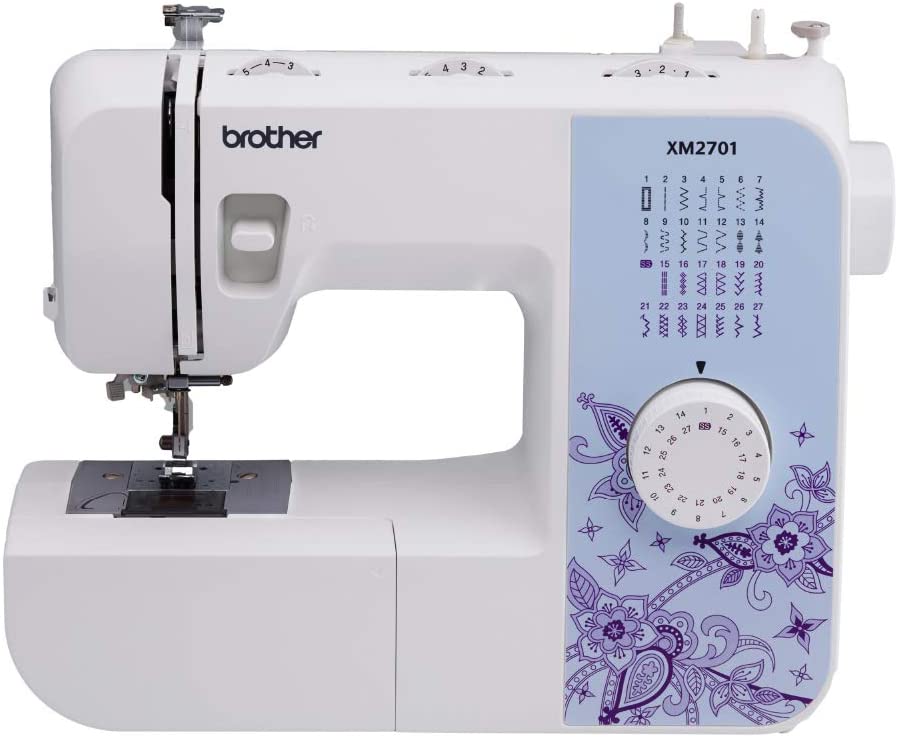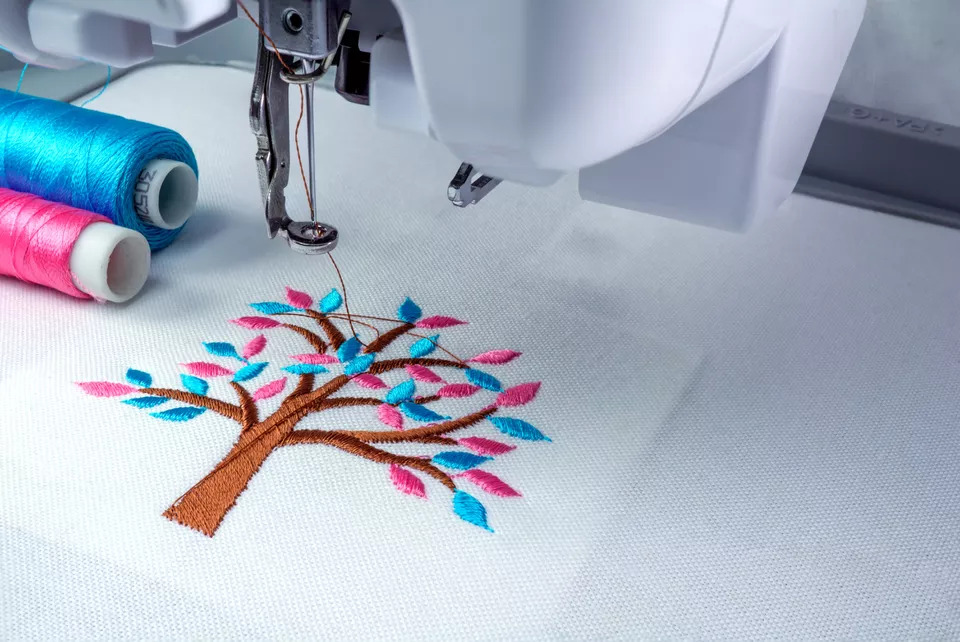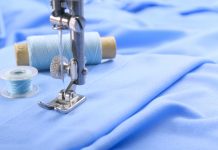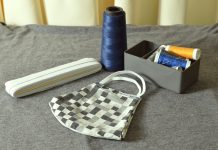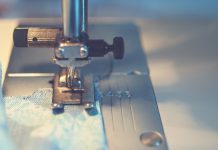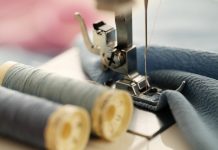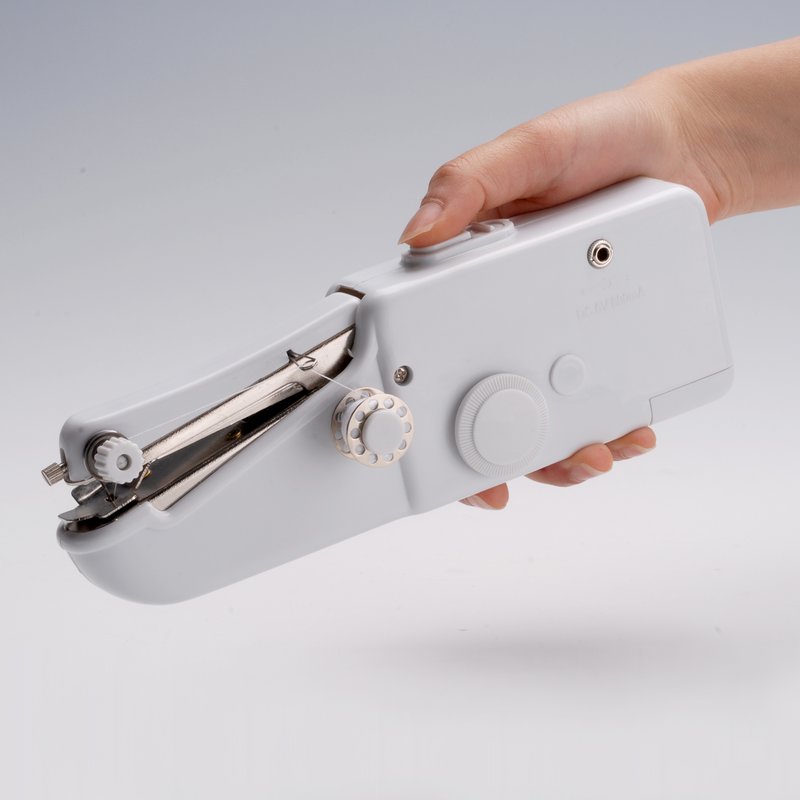Singer and Brother are the most renowned when it comes to sewing machines. Most experts recommend these products and use them personally for all their sewing needs. However, the biggest question becomes: which is better? Moreover, which brand of machine is best for me, personally?
Singer and Brother produce quality sewing machines at a great price. They are always at the top ten of any sewing lists. Both companies make machines designed for the beginner right up to the expert.
In terms of stitches, they are accurate and flawless. The Singer machine and Brother machine do not sell inferior products, and you won’t find a major problem with using either machine. Their machines have the speed and versatility to embroider designs, are computerized, and have a wide variety of stitching options suitable for the most advanced user.
Both companies have decades of experience behind their name, and they are a household name. Everyone knows both companies – whether you sew or not. and are committed to superior customer service. In fact, they even provide useful how-to instructional videos on YouTube.
The Abbreviated Version
- For standard machines: both are comparable.
- Serger sewing machines: Brother and Singer are equally as good.
- For Beginners: the Singer sewing machine is usually easier to use, however it does not have all the features as the Brother machine. Singers are easier to use for a beginner learning how to sew.
- Quilting Sewing Machines – Brother is superior in this area. The difference is that Brother has more technology and is better computerized to handle the intricacies of quilting.
- For Embroidery, Brother ranks ahead in this area. While embroidering, users require more advanced features than the Singer has.
The Battle of the Brands
With both being top of the line companies, which one should you choose? Both have great support, they are easy to use, are affordable, and are easily repaired. Choosing one can be very difficult considering both companies offer a strong product.
So, how do you choose?
The History
Singer has created sewing machines since 1850. It was one of the first companies that mass produced sewing machines. The Singer machine has the reputation of being so durable, and so reliable that it has been passed down through generations and person to person. Not a lot of companies can boast about that.
The company ran into challenges in the 60’s and 70’s when their quality deteriorated. Soon after, they ended up belonging to a major corporation which owns Pfaff and Husqvarna.
Today, they create sewing machines, plus embroidery, quilting and sergers. They have excellent models for beginners and have good mechanical models. They have about 18 computerized machines.
Brother, on the other hand, has been in business since 1908. The manufacturer was originally established in Japan under the name Yasui Sewing Machine Company.
In 1962, the name was changed to Brother. They have been making quality machines ever since.
They are well known for their digital and computerized models and have been very technology focused with their new machine models.
In addition to sewing machines, the company also manufactures electronics.
Quality Versus Budget: Who’s the Winner?
In recent years, both companies have moved away from their original material to plastic. The benefit is that it keeps costs lower, and creates a lighter, more portable product. The problem is that often, some are completely disposable after several years.
If you are an expert, this may not be an issue because models are continually improving. It is an excuse to “buy up”. The only thing this may hurt is your wallet.
There is a myth that the more expensive the machine, the better it will work. This is just a myth. Both companies have affordable machines for those on a budget. A low budget will still allow you to purchase a quality machine.
However, when it comes to the best buy for your dollar, Brother comes out a bit ahead.
Round One: Best Buy on a Budget
The best comparison between brands is to compare two similar products in a side-by-side comparison. If we compare the Singer 1304 to the Brother XM2701, we find some interesting details.
Both products are easy to set up. They are ideal for those who are learning to sew and for a younger crowd. They transport easily and are lightweight.
Now, here are the differences-the Brother has a top drop-in bobbin while Singer has a front-loading bobbin. Singer has 57 individual stitch styles, pre-set stitch length and width, plus a four-step buttonholer. Brother has only a one-step buttonhole and 27 stitches available.
In determining which is better, Brother comes in first due to the bobbin which makes it easier to use. However, experts may like the Singer because it has more variety when it comes to stitching.
Round Two: Heavy Duty Tasks
Both sewing machines have a line that can handle heavy duty projects. Heavy duty projects are defined as working with heavy materials such as denim, canvas, and vinyl. These machines have a more robust metal frame over a traditional model. It permits them to stitch easily through thicker layers of material without damaging the motor.
Singer has a lengthy history of creating durable machines with superior parts. They build quality machines and rise to the top in terms of heavy-duty jobs.
The automatic foot presser allows users to sew on thin or dense materials with little effort.
Brother, on the other hand, didn’t begin creating heavy-duty sewing machines on the more affordable end until recently. The Brother ST371HD was created just two years ago. This is probably the most appropriate sewing machine for heavy-duty jobs in their line.
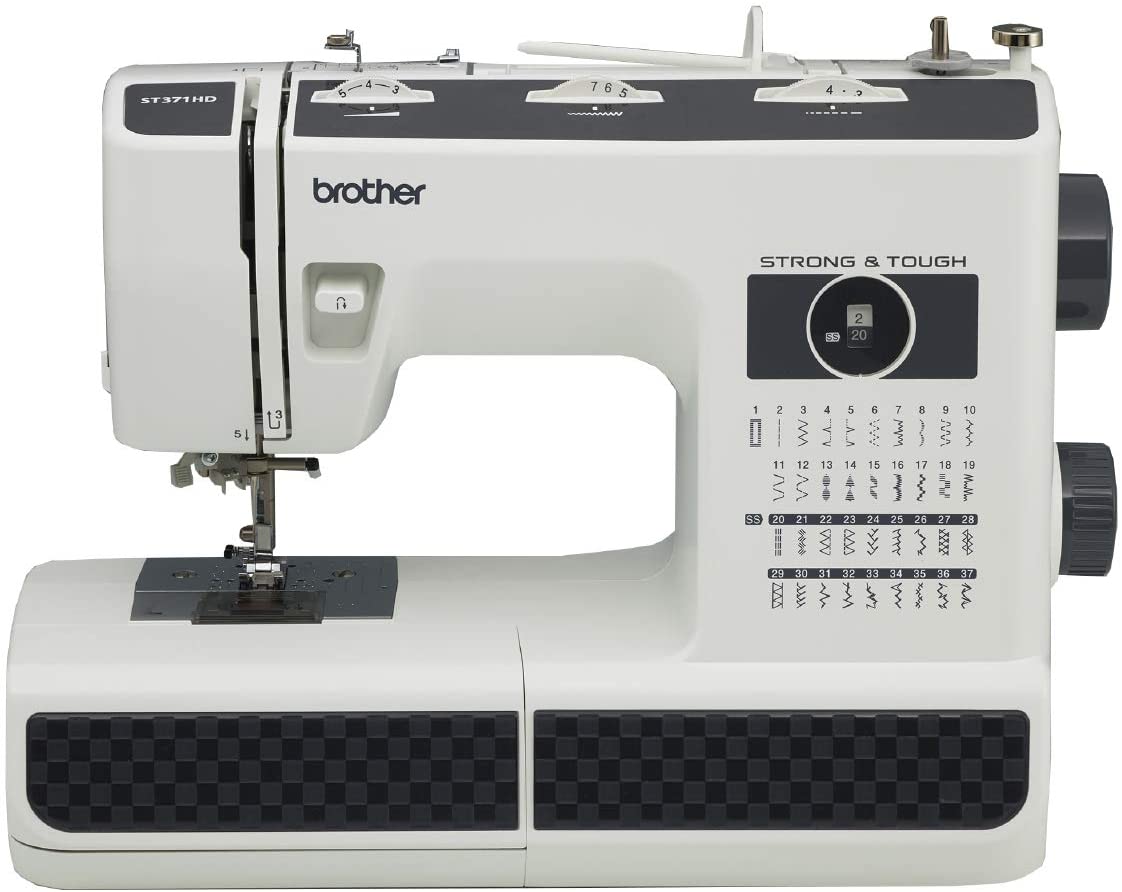
Sewing experts feel that Singer wins this battle. Their machines are more durable, have been around longer, and are made sturdier over their competitor.
Round Three: Beginners Versus Expert Sewers
Singers are recommended hands down for beginners. They are very straightforward in terms of usage making them easy to learn from. However, if you like the different sewing stitches, a Brother will definitely catch your eye.
When learning to sew, beginners generally should not begin with a complicated machine. They should focus on mastering the basics beforehand. Therefore, it makes more sense to invest in a simpler machine until you gain more experience. However, some people learning how to sew want to invest in something they can grow into. This is where the battle really begins.
Beginners may become overwhelmed with trying to figure out the technology of a Brother sewing machine; therefore, it is not recommended. There are a lot of displays and features with the Brother models.
They are easy once you familiarize yourself with them but can end up frustrating you if you are trying to learn how to do a basic task. The learning curve may be too steep depending on the model.
For experts, Brother usually is the machine of choice. Brother is more computerized and covers several settings for your project. Users can do different stitches, letters, embroidery patterns, etc. Therefore, they appreciate the versatility of a Brother sewing machine.
For quilting and embroidery, Brother crushes the competition. You can do more things with a Brother sewing machine in terms of embroidery and they create a superior product.
Round Four: Which is Better for Quilting?
Most experts say that both products are equal in this area. Singer and Brother have both created a quality line in this area for years.
Things users should look for in a quilting sewing machine are:
- Number of stitches available
- Speed
- Long free arm
- Free motion foot
- Distance from needle to machine (large throat)
- Table size (the larger the better for this task)
- Threads easily
- Good thread tension
While both will do a really good job regarding quilting, Brother tends to come slightly ahead in this arena. This is only because Brother tends to have more features built in that quilters might find useful.
Round Five: Embroidery Machines – It’s All in the Details
Brother sewing machines tend to come out ahead in this area as well. This is mostly because they are computerized, so they can handle more complicated tasks. Brother has also created a special line that does embroidery, and has machines that are crossovers.
Before purchasing a sewing machine for embroidery, ensure that it does not just have built-in patterns. Users need to purchase a machine that has the capability to be updated with new patterns located on the internet. The only way this can be done is through a Wi-Fi connection or USB.
Also, many Brothers are not compatible with Macs. If you are loyal to the Mac line, you may want to consider a Singer.
Users should look for machines with the following characteristics:
- Large color touch screen
- Long free arm
- USB port or Wi-Fi
- Can it be used to sew as well?
- Large throat
All these traits tend to point to Brother sewing machines as a logical choice. While Singer has many benefits such as great for novices and for heavy-duty projects, Brother tends to be superior when it comes to more detailed work.
Final Round: Sergers and Overlocker Machines
This is another category where both machines come out equally. Both brands are similar in performance and function in this area. They also have a long history of creating superior overlock and serger machines. Users will be content with either brand
Customers should look for models that are easy to thread. Overlocker machines have many threads, so this is important. You should consider how many stitches it does, if it has good tension control, a variety of additional feet, and a free arm before making your purchase.
Final Verdict: So, Which Machine Comes Out Ahead?
Both companies produce an incredible machine. Singers are built so well that generations of families will inherit them. Even though the old machines are large, heavy and require both a table and space, they still work well. They are one of the few things that truly last. This is the testimony of a truly great product.
If you fast-forward to today, no, the machines aren’t made as durable as in previous generations. This is due to cost, and portability. Most users want an affordable machine, but they also want one that they can easily transport and store. People don’t have dedicated sewing rooms anymore. Therefore, sewing machines need to be built differently.
Overall, Singers tend to come out first when it comes to durability and being designed for beginners. They are easy to learn from, and many come with tutorials that teach people how to sew. Learners will not become frustrated with the digital features, and it is just a simpler machine.
Singers do have many stitches and features. However, Brother has been more focused on the technology end of sewing machines. This is more of their niche. They probably have recognized the history behind the Singer brand. To set themselves apart, their goal is to make a sewing machine designed for the next generation. This is what sets them apart.
So, when it comes to detailed work such as embroidery and quilting, they tend to come up ahead of Singer. They have multiple stitches available and have the technology to connect to the internet. This makes them a good investment for years to come because they are more forward thinking to this extent.
The winner comes down to your level of expertise and what you require a machine to do. Both companies have different areas in which they excel. It boils down to what is best for you.


